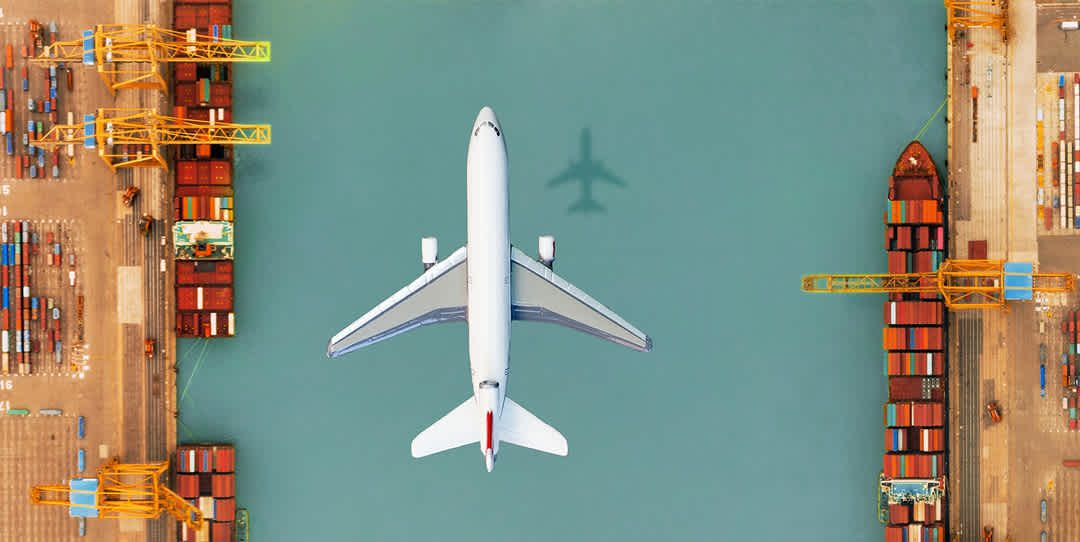
April 28, 2020
Oil’s Wild Ride Amidst the Global Economic Turmoil of COVID-19
Oil’s Wild Ride Amidst the Global Economic Turmoil of COVID-19
Heading into 2020, there was already a significant issue on the energy horizon: the International Maritime Organization rule governing emissions, aka IMO 2020. One expert referred to this as “the biggest planned disruption in the history of energy markets.” Little did we know how much 2020 would actually be dominated by unprecedented disruptions. Oil prices have plunged as national economies have been paused. This tumult both reflects—and affects—developments in the global economy.
When China responded to the novel coronavirus outbreak by severely restricting economic activity, its need for oil dropped. And, as the top crude oil importer in the world, when the demand fell sharply, that meant a significant cut globally, which put downward pressure on prices.
Low prices would obviously be bad news for countries that rely on oil revenues. So, to offset this drop in demand, there would need to be a supply cut. But, that begged the question of who would cut production. A key purpose of the Organization of Petroleum Exporting Countries (OPEC) was to reach agreement about how the burden of production cuts would be distributed.
When OPEC had a bigger share of oil production, the process was more straightforward. With major players like Russia and the United States outside of OPEC, however, coordination is more complicated. It was just this dynamic that drove oil prices down further, when Russia refused to cooperate with OPEC and Saudi Arabia responded by maintaining production and kicking off an oil price war.
Complicating matters, the COVID-19 pandemic was wreaking havoc on many of the major economies of the world, further decreasing the demand for oil. Thus, by the time a multinational agreement was reached to cut back on global oil production by 9.7 million barrels per day (roughly 10%), there were estimates that global demand had fallen by 25-35 million barrels per day. And that was looking ahead, based on cuts promised for May.
While this might sound like a familiar story of supply and demand, there are some interesting and important twists to the way this market works—which help explain why the price of operating a truck, plane, or ship may not fall in step with headline oil prices, and how those prices could end up below zero.
- Fixed costs and supply. Despite the revenue motive for producing more when a price falls, we generally think that supply curves are upward-sloping. Thus, as the price of oil falls below the cost of producing it, production should cease. So as oil prices hit rock-bottom, why have individual producers not chosen to cut back? Two economic concepts come into play: First, there is a difference between the overall cost of production (including fixed costs) and the cost of getting the last barrel out of the ground (marginal cost). Thus, it can make sense to produce below a break-even price. Second, if there are set costs associated with starting up or shutting down an operation, it can make sense to keep producing even if the price dips below marginal cost—if that dip is seen as temporary.
- Storage and expectations. If oil looks very cheap today to an oil producer, but the producer expects higher prices later, the natural solution is to store the oil. That should have the effect of smoothing price fluctuations: Instead of more supply at already-low prices, some is set aside for later, thus supporting the price. But, there are two catches. First, if storage capacity is exhausted, prices can descend rapidly. Second, all that stored oil means that when demand revives, there will be an additional source of supply to keep prices from rebounding quickly.
- Refining and taxes. Most consumers don’t consume crude oil. They consume some kind of refined product, like gasoline. Further, most countries stick taxes on those refined products. That means that, if crude oil only accounts for a fraction of the cost of filling a tank, its price fall should only have a proportional impact.
- Forward contracts and hedging. For major purchasers of oil products, like airlines, they will often hedge their exposure to oil prices. They can do this by purchasing futures contracts, such as “oil for July delivery.” This protects them against unexpected spikes in oil prices, but it also means that they don’t benefit from price falls, unless those falls persist. This feature of the market, plus storage problems, explain how a major oil price index actually went negative this month. The May contract for West Texas Intermediate (WTI) required that the holder actually take physical delivery (some allow for cash settlement instead). When holders of May contracts were faced with the prospect of having to take possession of physical oil, with no storage available, they were willing to pay to have the obligation lifted; hence a negative price on that contract for the WTI.
Whatever the level of complexity, the dramatic fall in oil prices from the beginning of the year is one of the best real-time indicators of just how much trade and the global economy have slowed. In the United States, 28% of energy use is for transportation of people or things—and yet, there’s much less of that happening these days.
An immediate impact will be a serious budgetary hit on states and countries that rely on oil level–and maybe on those who lend to them. While there should also be a stimulative effect from lower prices of a key input in production, at the moment this may be like the proverbial “pushing on a string”—trips weren’t cancelled and factories weren’t idled because of the cost of oil; and cheaper oil won’t solve the problem.
In any case, the oil market turmoil of the start of 2020 has exceeded all expectations. To hear more analysis of the state of global trade, tune in to our upcoming webinar on May 20.




